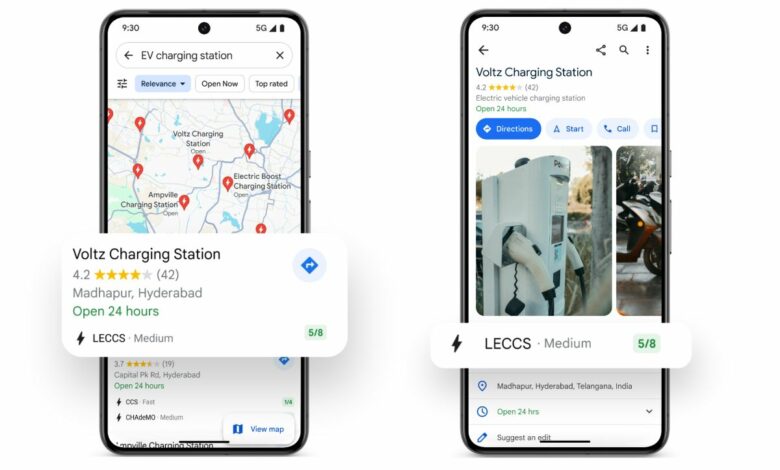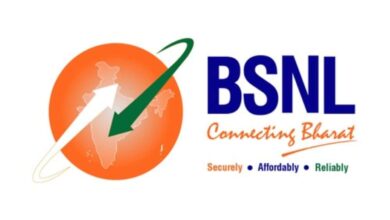Google Maps now tells you which flyover to take and where to charge your electric car

Google Maps has been updated with support for new features aimed at improving the navigation experience on the service and finding electric vehicle (EV) charging stations. On Wednesday, Google announced new features coming to its mobile apps that will help users prepare for upcoming flyovers, help four-wheeler drivers navigate smaller roads and allow EV drivers to find the nearest charging station. Meanwhile, users can also book metro tickets through the Google Maps app, and the process of reporting traffic incidents has also been simplified in the app.
Below you’ll find the new features coming soon to Google Maps, how they work, and when you can expect to see them in your city.
Google Maps Flyover Callouts Feature
To help users prepare for upcoming flyovers while driving in city traffic, Google Maps has been updated with a new flyover callouts feature. The company says the feature is designed to eliminate the need to make decisions about whether to take a flyover, or use the road below, when driving in a relatively new region.
Users with Android smartphones or Android Auto units should see the new flyover callouts feature as early as this week, and it will initially be available in 40 cities across the country. According to the company, these callouts will appear on both two-wheeler and four-wheeler navigation routes. iOS and CarPlay users will have to wait — there’s no release date yet for the feature on those platforms.
EV charging stations on Google Maps
Google Maps is now showing information about EV charging stations across the country, and those details are also appearing in the company’s search results. Drivers can see what plug types are supported at the charging station, and check if the station is open with real-time availability.
The company has partnered with four EV charging providers in India to get relevant information for over 8,000 charging stations in the country. This is also the first time that Google is providing details about EV charging stations for two-wheelers in the world. The company is expected to reveal additional details regarding the availability in the future.
AI-powered narrow road estimation
Google is introducing a new AI-powered navigation feature that estimates the width of smaller roads, alerting four-wheeler drivers to the potential for congested roads. The company says it has developed an AI model that uses information such as satellite imagery, information about specific roads, known distances between buildings, sidewalks and even Street View data to identify narrow roads.
By informing users in advance about narrow roads, Google Maps should be able to help four-wheeler drivers take alternative routes that are less congested, when possible. This could help pedestrians and two-wheeler drivers use smaller roads without much traffic, the company said.
Book metro ticket on Google Maps
Commuters can book metro tickets on Google Maps and the company has partnered with ONDC and Namma Yatri to enable the functionality on its navigation app. Users can book tickets while travelling on metro lines in Kochi and Chennai, the company said.
When users use the Google Maps app to check public transport directions in these cities, they will see a booking option where they can select the journey details and make the payment in the app, thus avoiding the need to queue for a ticket at the station.
Curated lists and easier reporting of traffic incidents
Google also announced that it will give users easier access to recommendations and curated lists, along with collaboration options such as the ability to add travel information and recommendations through the lists feature. Users will also be able to respond to suggestions using emoji, which can help build consensus during the trip planning process.
Traffic incident reporting has also been improved on Google Maps, with the company saying it has streamlined the process of reporting an accident or road repairs and construction, meaning less time spent looking at the screen. Unlike the narrow roads feature and flyover callouts feature, the improved traffic incident reporting process is available across all mobile and automotive platforms.




